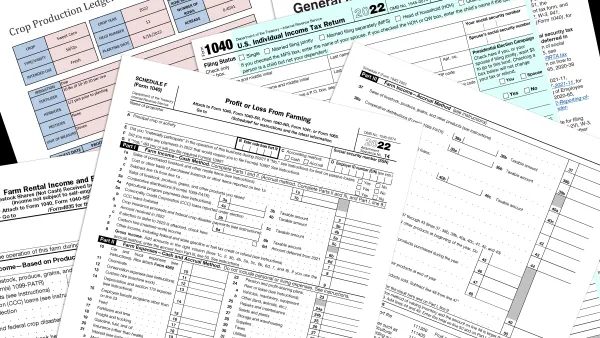The operational challenges of transitioning to new lease accounting standards, ASC 842, have been reported widely, but there’s another hurdle companies could face: loan performance.
Loan covenants typically require borrowers to meet specific performance measures, such as debt-equity and debt-service ratios. Failing to meet the measures can cause a loan to go into default — a growing possibility as companies meet the new ASC requirements by including operating leases on their balance sheets.
Whenever you have a change that directly impacts debt, it's going to funnel its way through to those covenants, says Jon Eilertsen, managing director, accounting and reporting advisory services with BDO.
“From a ratios’ perspective, if you have both the asset and the liability side, those would typically net each other out," he says. "However, for some ratios, your current ratio, for instance, you're bringing in more of your current liabilities but the (lease’s) right-of-use asset is a non-current asset that would not be impactful. So, you absolutely have impacts to a lot of your ratios here.”
End-of-year deadline
The new lease accounting standards were years in the making. They require organizations to identify regular and embedded operating leases and start reporting them on the balance sheet in the same way as capital leases. Additional calculations include the right-of-use and liability values needed for financial statements.
The changes are significant. Deloitte estimates the new standard will drop about $2 trillion of lease liability into S&P 500 companies’ balance sheets.
The new rules went into effect for public companies for fiscal years beginning after December 15, 2018 (January 1, 2019, for calendar year-end companies). Private companies and nonprofits must comply for fiscal years beginning after December 15, 2021 (January 1, 2022, for calendar year-end entities).
Frozen is good
The good news for some organizations is that while ASC 842 will affect their financial ratios negatively, the changes might not trigger debt covenant violations.
Walker Wilkerson, managing principal of assurance strategy with CliftonLarsonAllen, notes that some companies’ debt agreements include GAAP-freeze or semi-freeze clauses. In a contract with a “frozen GAAP” clause, changes to financial ratios that result from changes in GAAP should not cause a violation of financial covenants. Under a “semi-frozen GAAP” clause, the borrower and lender agree to renegotiate the loan covenant if the new GAAP rules change the financial ratios used in the agreement.
If there is a freeze or semi-freeze in place, the metrics “will still be able to be viewed and measured under the historical GAAP or the GAAP that was in place at the time it was frozen,” says Wilkerson. “But we do see a lot of agreements that don't have that.”
There is a caveat, though, he notes: If the organization signs a lease agreement during the year when the new GAAP is being implemented, the new GAAP rules apply.
Lines of communication
Determining debt contract provisions means reviewing the underlying documents for GAAP-freeze clauses, says Patrick Farrelly, partner, UHY, LLP. That review will facilitate projections of changes to the relevant metrics and debt covenants. CFOs should also start working with the organization’s bankers so both parties are in sync over the changes’ impact, Farrelly recommends.
Lenders working with public companies will have gone through a similar process already, so it won’t be new territory for them. And it’s very unlikely that a lender would dissolve a relationship with a good customer and call in a loan due to a technical default caused by a change in accounting principles, Farrelly notes. “What I've seen from my standpoint is people working together to try to make sure that both sides are happy and that everybody comes out with the original agreement and the emphasis of the original agreement,” he says.
Eilertson says that from the lender’s perspective, it’s the borrower’s business health and financial performance that influence loan risk. Accounting changes that result in less favorable metrics don’t change anything from a business perspective and are less likely to influence a lender’s determination of a borrower’s credit worthiness.
Where’s my bonus?
Executive compensation packages that contain performance awards based on the organization’s achieving specified financial metrics also could be adversely affected by the new rules.
According to the Harvard Law School Forum of Corporate Governance “CEO and Executive Compensation Practices: 2019” report, in 2017, “performance-based stock awards surpassed 50% of the total long-term incentive award value for the first time ever among the Russell 3000, increasing to 51% from 48% in 2016. In 2018, performance-based awards jumped even more significantly, to 57%.”
Organizations that use this approach should review their metrics-based compensation arrangements to determine how ASC 842 might influence employees’ pay, Wilkerson suggests.
He cites the example of bonuses being influenced by the company keeping leverage ratios below certain levels. If the change in GAAP rules pushes those ratios beyond their upper limits with a resulting cut to anticipated bonuses, staff morale likely will suffer.
“They really need to understand how it's going to impact any of their bonus packages or other compensation packages inside of their companies, as well,” Wilkerson says.




















